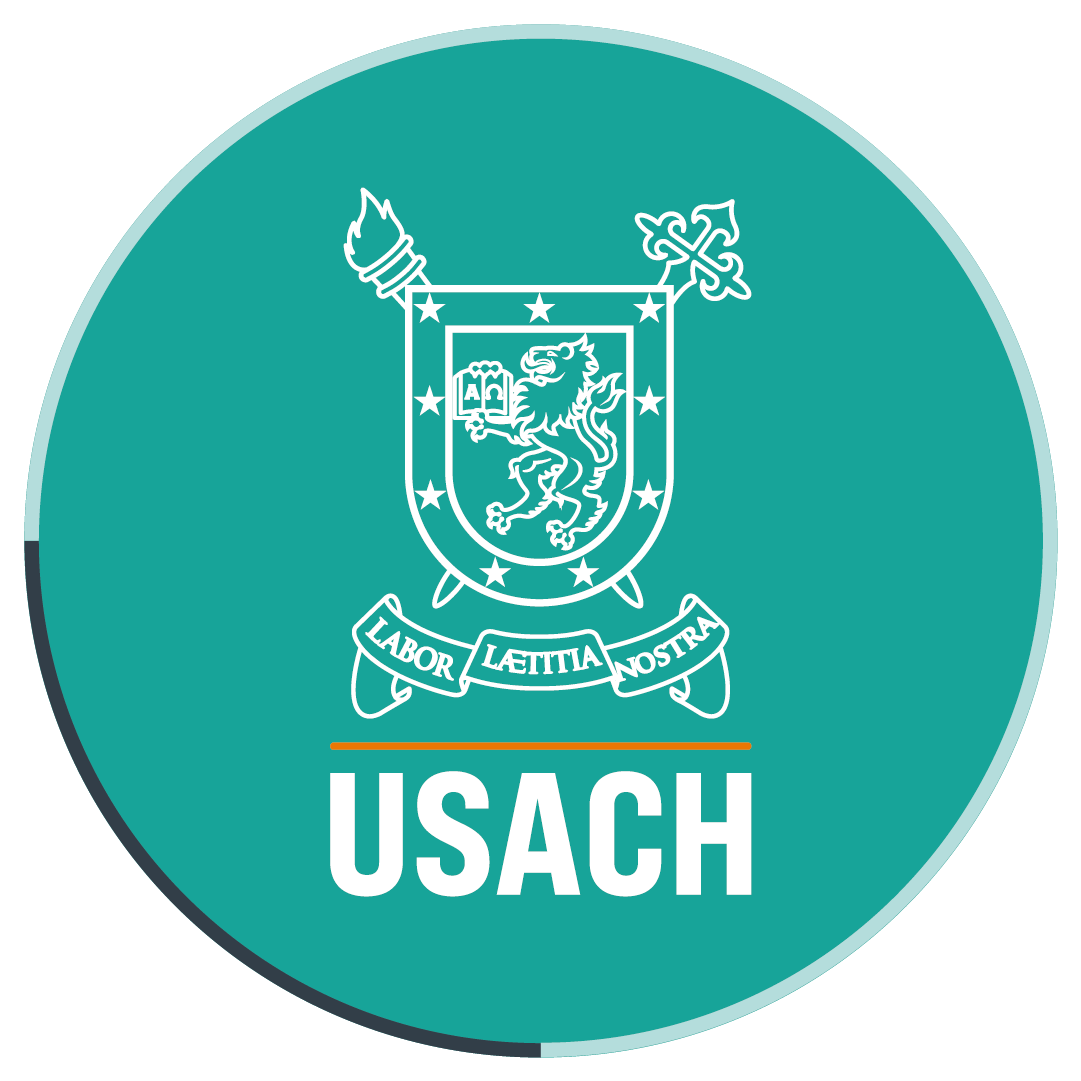More efficient packaging to preserve fruits for export
- Ethylene is a hormone able to accelerate the ripening and maturation of fruits. Through a Fondef project, Dr. Francisco Rodríguez, a researcher at the Center for the Development of Nanoscience and Nanotechnology (Cedenna, in Spanish) of Universidad de Santiago, seeks to reduce the effects caused by this gas in two particular types of fruit, avocados and kiwis, and to develop more efficient packaging for the export process.
The Packaging Laboratory (Laben, in Spanish) of Universidad de Santiago organized a seminar that was held on November 28th, at Plaza San Francisco Hotel, with the purpose of informing on the current state of a study that seeks to develop an ethylene adsorber for producing packaging for climacteric fruit, like kiwis or avocados.
The activity was attended by representatives of different companies and by Valeska González, project executive of the Fund for the Promotion of Scientific and Technological Development, (Fondef, in Spanish); Dr. María José Galotto, director of the Laben; and Dr. Óscar Bustos, Vice President of Research, Development and Innovation of Universidad de Santiago.
During his presentation, Dr. Francisco Rodríguez Mercado, director of the project, said that the level of ripeness that fruits reach while they are being transported to different countries “requires finding new strategies to allow us to control some processes that affect the quality of our products.”
Dr. Rodríguez explained that, in order to reduce the effects of ethylene, they are working on a new adsorber based on local minerals, zeolites and clay, specifically. The first results showed that if zeolites are modified by some metals, they have a better response at ethylene removal, overtaking clay by 5% in effectiveness.
At a next stage, the study will focus on developing a suitable film that will be tested in the plant and then, in the selected fruits.
International point of view
Dr. Ramón Catalá, representative of the Institute of Agricultural Chemistry and Food Technology of the High Council for Scientific Research (IATA-CSIC), in Spain, also took part in the seminar and spoke about innovation and main trends in food packaging.
According to Dr. Catalá, Universidad de Santiago is on the right track “because they (researchers at the University) are working on completely relevant issues. Besides, the researchers are excellent and they have a clear policy with regards to incorporating qualified people to strengthen research activities on active packaging,” he said.
Translated by Marcela Contreras

